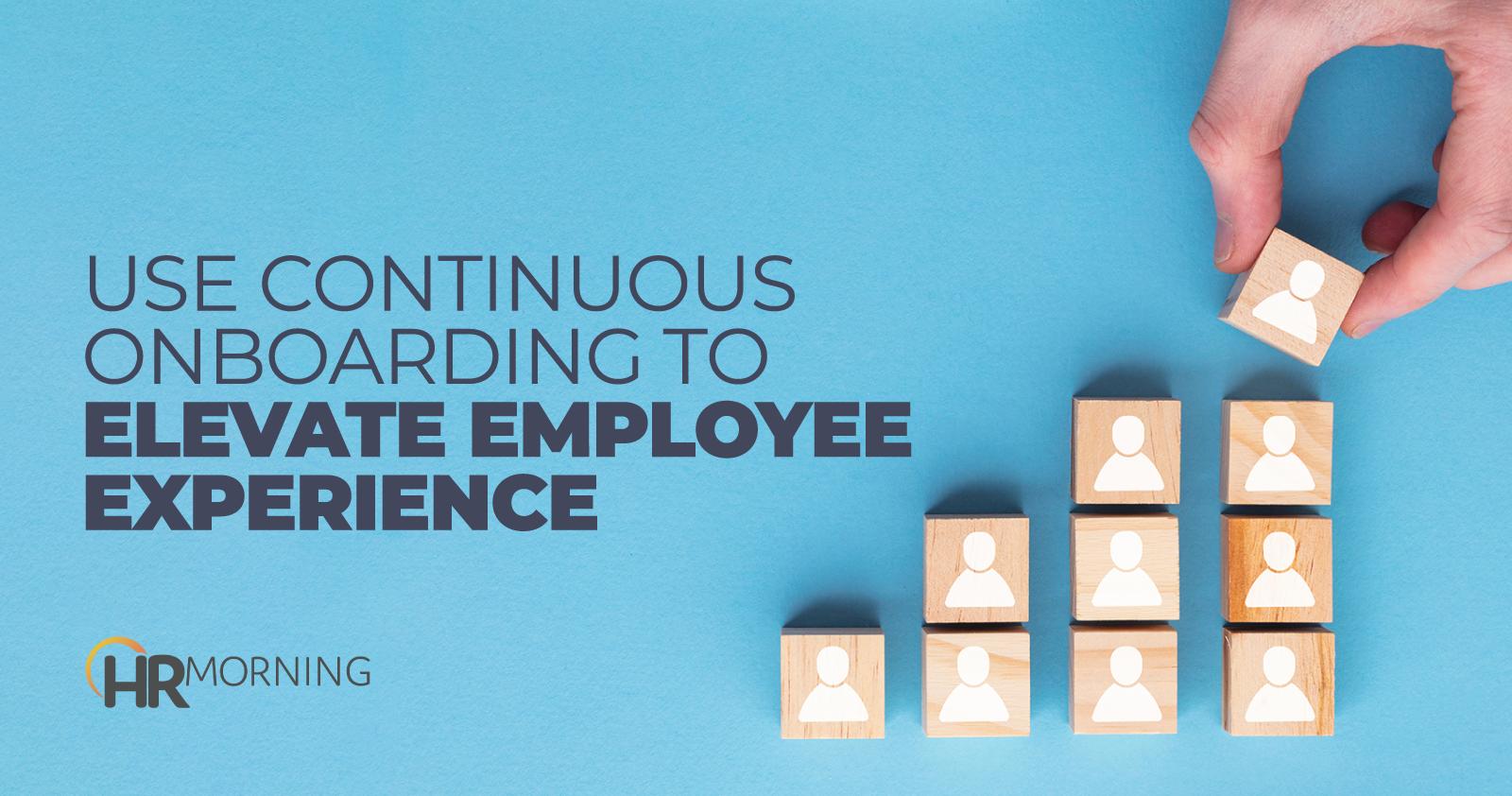In an increasingly competitive talent war, you may feel like you’ve tried every trick in the book to attract, hire and retain top talent. If you feel like you’ve implemented every new tactic and are still seeing high turnover and quick quits, it may be time to re-evaluate your existing processes: It could be time for everboarding.
One of the most important parts of the hiring journey is your onboarding process. Onboarding can make or break a potential hire. In fact, a good onboarding experience can improve new hire retention by 82%, according to a study done by Brandon Hall Group.
When you factor in remote or hybrid work, onboarding becomes even more complicated as companies strive to give remote employees an engaging onboarding experience and foster connection with other employees through the computer screen.
If your onboarding process needs a makeover – or perhaps is still in the process of being established – consider switching your mindset from one-and-done onboarding to a continuous onboarding process, also known as everboarding.
What is everboarding?
Everboarding is a continuous onboarding process that lasts beyond a new hire’s first few days. Approaching onboarding as a continuum rather than having a defined beginning and end can help new hires get connected to their fellow employees and continue learning opportunities beyond day one. It can also help employees as they adjust to the company culture and provide support as they start to fully embrace their role.
Everboarding can be especially helpful for remote workers who may not be fully immersed in the company culture when they work from home.
“Many companies are still struggling to establish their remote onboarding processes,” says Amy Cohn, Chief People Officer of Allego. “To attract, train and retain the best talent and keep up with the challenges and demands of hybrid work environments, companies must shift to ‘everboarding.’”
Everboarding can also provide a better, more individualized process to help them adjust to their new work environment. “Employees crave this kind of personalized approach. Companies that shift to everboarding will thrive as workplace dynamics shift – and attract the next generation of workers,” says Cohn.
Continuous learning will also benefit your existing employees by providing them with continuous learning opportunities. For a majority of employees (80%), continuous learning is a high priority when job hunting. Plus, 94% would stay longer at a company that invested more in learning and development.
Best practices for everboarding
To bring a more humanistic approach to onboarding, you may want to follow these best practices.
Shift your mindset. The shift to everboarding takes an entire company to help evolve the culture into one that values continuous learning and support for employees. Create and maintain policies and practices that put learning and development at the forefront of company culture. Consider ongoing training an extension of the initial onboarding — essentially your everboarding.
Prioritize learning during work. Continuous learning doesn’t just mean once or twice monthly training courses. Incorporate learning and development into the regular workflow to help employees continue to learn and develop daily. One-on-one meetings between managers and employees can also be a great opportunity to help employees with their learning and development with added support from managers. Another idea: Mentoring. Give employees opportunities to work with colleagues who are new. At the same time, veteran employees will have the opportunity to learn new “tricks” from newly hired employees who bring in experience from other organizations and backgrounds.
Use training playbooks. Playbooks are a great learning and development tool because employees can look back at them whenever needed. They can help employees adapt to new processes and give them a visual guideline for what to do.


